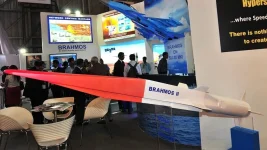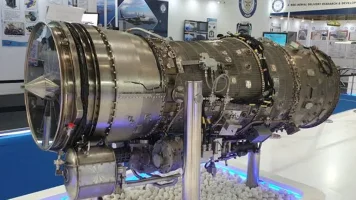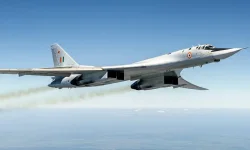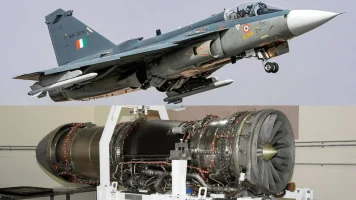- Views: 1K
- Replies: 9
In a major leap for India's military capabilities, the BrahMos supersonic cruise missile is being upgraded to achieve near-hypersonic speeds.
BrahMos Aerospace, the joint venture between India and Russia, is developing an enhanced ramjet engine designed to propel the missile beyond Mach 4.5, significantly increasing its speed and lethality.
Sources confirm that ground trials for this powerful new engine have already commenced.
The BrahMos is already a critical asset in India's armed forces, respected globally for its precision and power. The current version travels at approximately Mach 3, three times the speed of sound, and can be launched from ships, submarines, aircraft, and land-based launchers.
With a range that has been extended to 600 kilometres in some variants, its effectiveness has been proven, making it a cornerstone of the nation's strategic defence framework.
This new initiative aims to push the missile's velocity to the upper edge of the supersonic scale, nearing the Mach 5 threshold that defines hypersonic speed.
The development involves modifying the existing ramjet engine to produce greater thrust and operate efficiently at extreme velocities. This advancement is a direct response to the evolving complexity of air defence systems being operated globally.
The strategic goal of a faster BrahMos is to neutralise the defensive capabilities of potential adversaries. A missile travelling at over Mach 4.5 drastically reduces the reaction time for even the most advanced air defence systems.
For instance, sophisticated systems operated by China, such as the indigenous HQ-9 and Russian S-400, or Pakistan's HQ-9/P system, would face immense difficulty in detecting, tracking, and intercepting a threat moving at such a high speed and low altitude.
An increase in velocity not only makes the missile harder to stop but also enhances its destructive force.
The kinetic energy of the missile upon impact would be substantially greater, improving its ability to destroy heavily protected targets like military bunkers, command centres, and large naval warships.
This upgrade serves as a powerful deterrent, complicating enemy defensive strategies and ensuring India maintains a technological advantage.
Developing an engine that can withstand the immense heat and pressure of near-hypersonic flight presents significant engineering challenges. However, the project is built upon the solid foundation of the long-standing collaboration between India's DRDO and Russia's NPO Mashinostroyeniya, the partners behind the original success of the BrahMos missile.
Following the successful completion of the ongoing ground trials, the upgraded engine will be integrated into the BrahMos missile for comprehensive flight testing.
These live trials will validate the engine's performance in real-world conditions and ensure the missile's guidance and control systems function flawlessly at the new speeds.
The modular design of the BrahMos is expected to allow this new engine to be fitted onto existing and future missile variants, strengthening India's offensive and deterrent posture across all domains of warfare.





